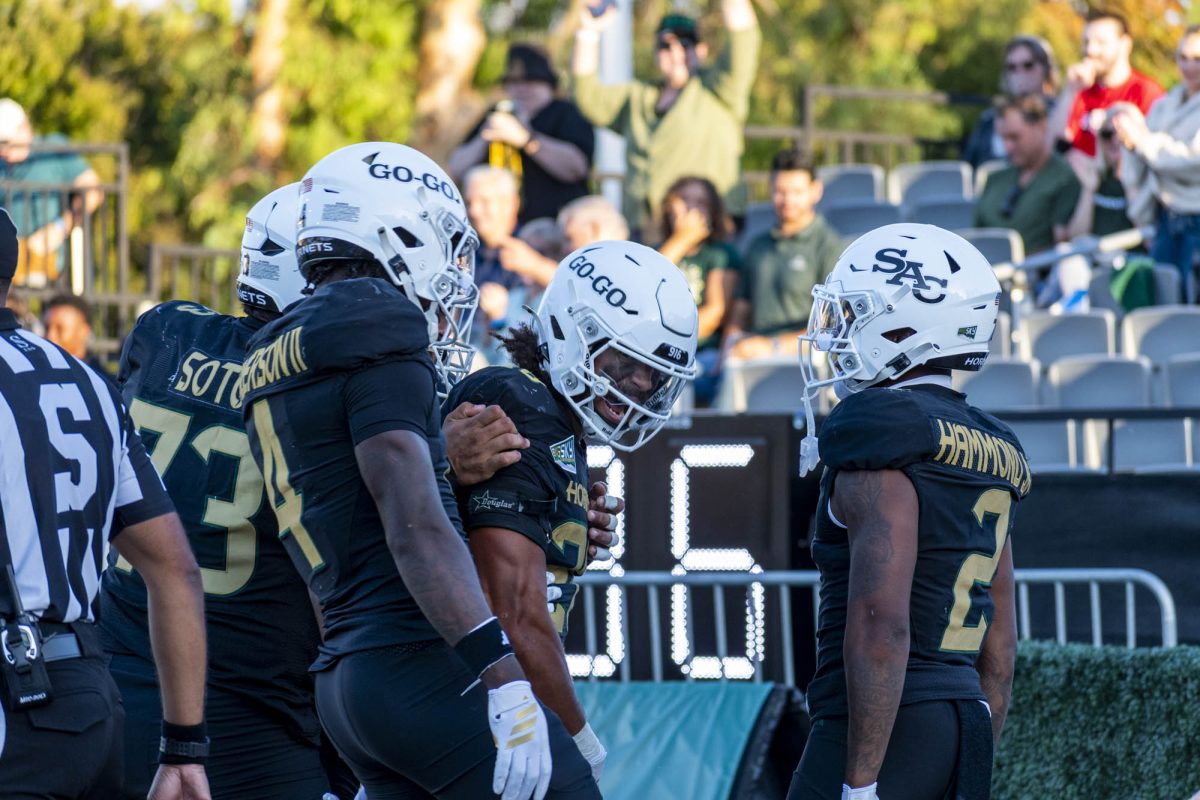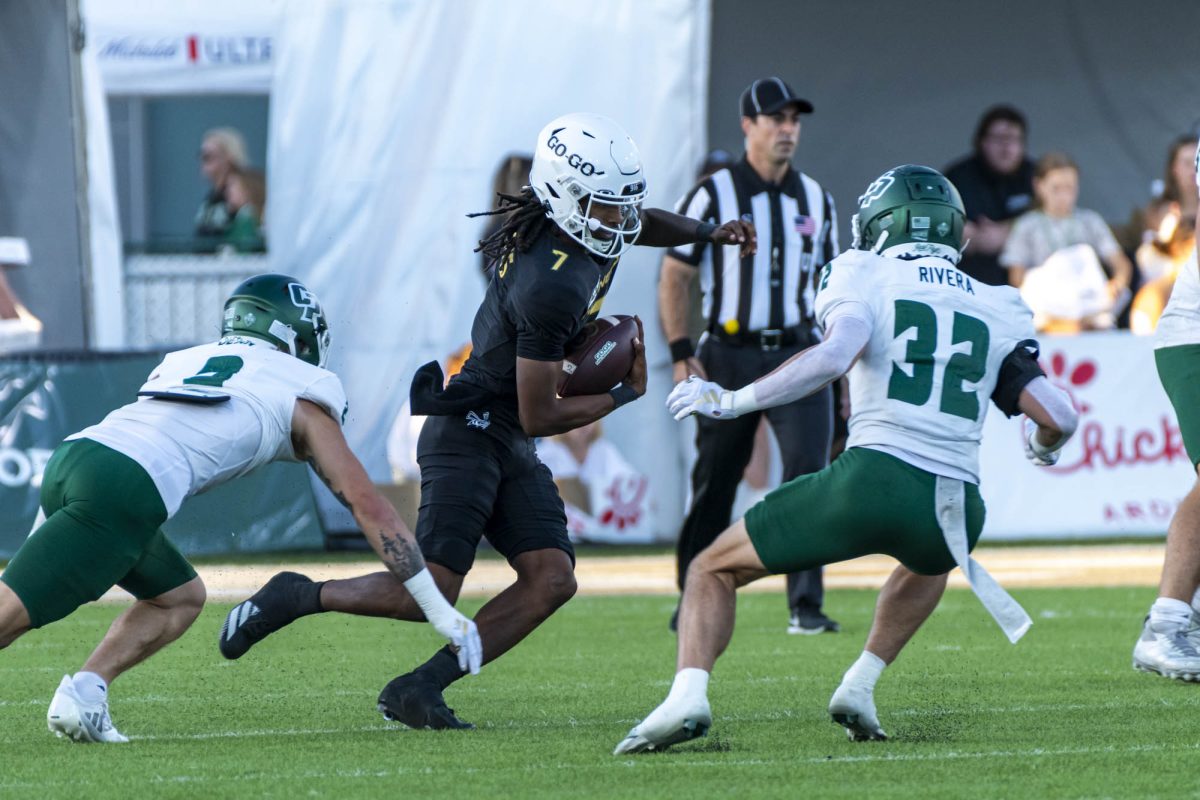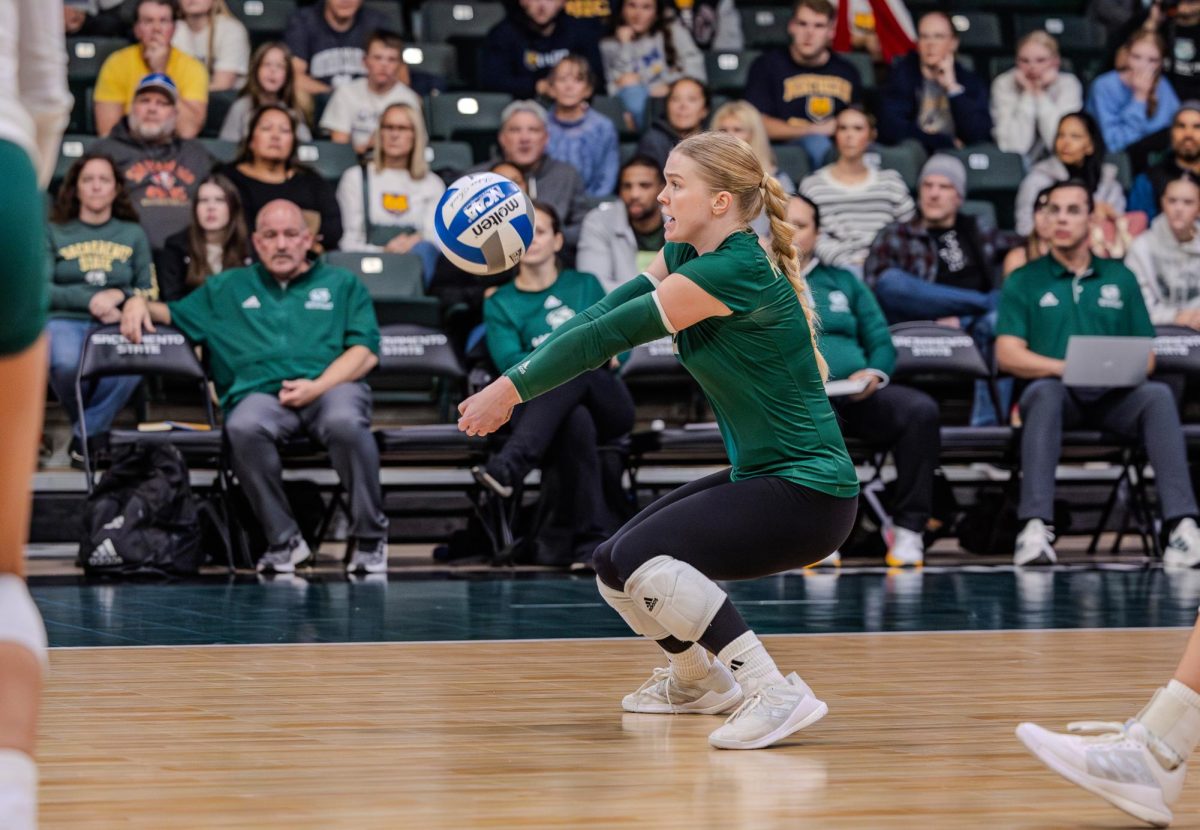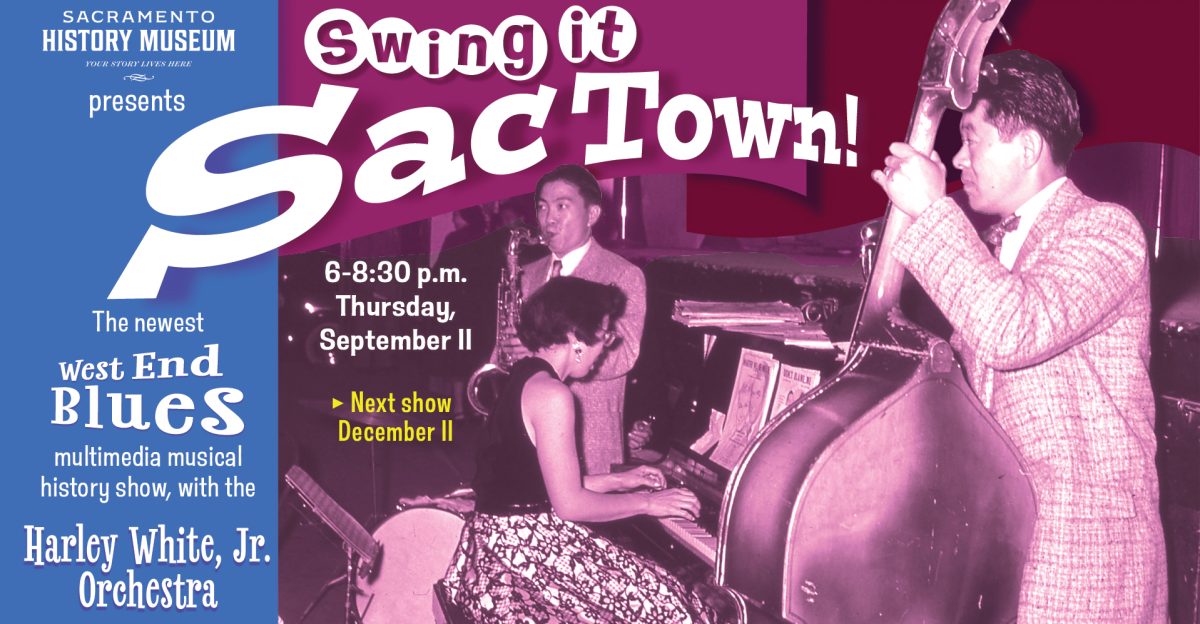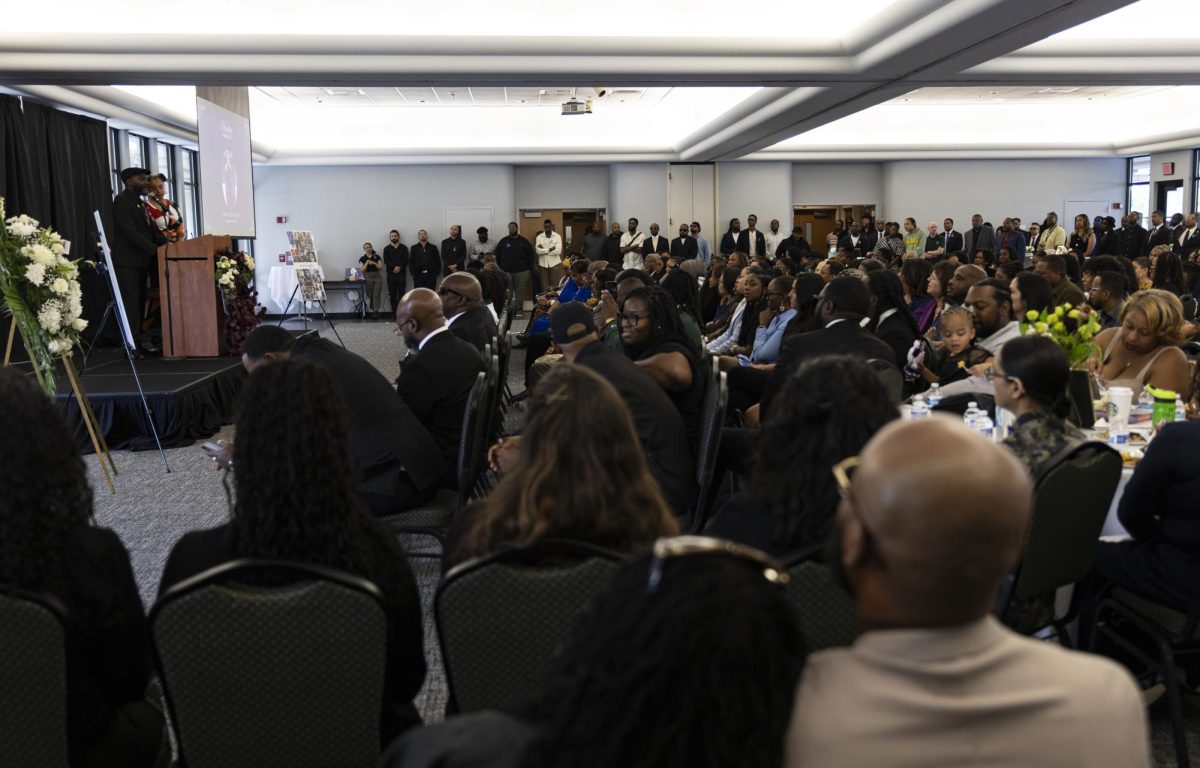Assailants deserve all the blame in assaults
April 20, 2005
Recently, while covering an assignment for The State Hornet, I attended “Take Back the Night,” an annual event seeking to raise sexual violence awareness. This was my second time attending one of these events, but this time something one of the speakers, a rape victim, said really struck a chord with me.
Rachel (last name withheld) was talking about the responses she received from friends when they found out she had been raped and said the most common responses from her female friends were: “What were you wearing?” or “What did you do?” and she realized that the rumors are true: Rape victims are often blamed for what happens to them.
Then she said something that I’ll never forget. She said, “I have yet to meet a woman who woke up one morning and said to herself, ‘Hmm, today I feel like getting raped; what should I wear?'”
Neither victims nor their clothing are to blame for a sexual assault. The assailant is the one at fault and often decides to attack because of opportunity, not because of the dress or actions of the victim .
In fact, 75 percent of female sexual assault victims knew their male attacker either as an acquaintance or a friend. According to the Web site of the California Coalition Against Sexual Violence, “there is no correlation between who is raped and the clothes they are wearing or their flirtatious behavior at the time. Women of all ages are raped. They are usually going about their everyday activities or simply interacting with someone they know.”
The truth of the matter is that rapists point out the woman’s clothing or actions after an attack to excuse his actions, but this does not justify them.
Calcasa’s Web site also points out the worst and most ironic point here, which is the social standard placed on women. We are encouraged by advertisements, television, music videos and even each other to be sexually attractive and to dress to impress — but then if we become victims of rape, we are blamed for something we did not do and could not prevent.
It is sad to me that others do not recognize this in the way women are talked about or treated.
Before writing this article, I was discussing it with some male colleagues; they gave me sideways glances and acted like I had completely lost it. One said, “Come on! Women know what they’re doing when they show up in a short skirt or a low-cut shirt.” Another said, “Women know that men are going to look at them and try to come on to them when they’re dressed a certain way, and then they get offended when we do.”
It is a very large boundary that is crossed, not a fine line, when a man goes from looking at a woman to acting like a caveman. Men who commit violent crimes against women have probably done it before and were going to do it regardless of what the woman was wearing or doing at the time of the incident, and we as a society need to realize that blaming the victim is not going to make the problem go away.
Men will look at women regardless of what the women are wearing, especially if they are attractive. Just the other day I saw a group of guys all stop what they were doing to watch a girl walk by in a pair of sweats — not a short skirt, not tight pants, not a low-cut blouse, but sweats.
No woman wakes up in the morning and says to herself: “Hey, getting raped sounds like fun! What should I wear?”
For more information about sexual assault and reporting incidents visit www.calcasa.org.
——————————————————
Rebecca Adler can be reached at [email protected]















































